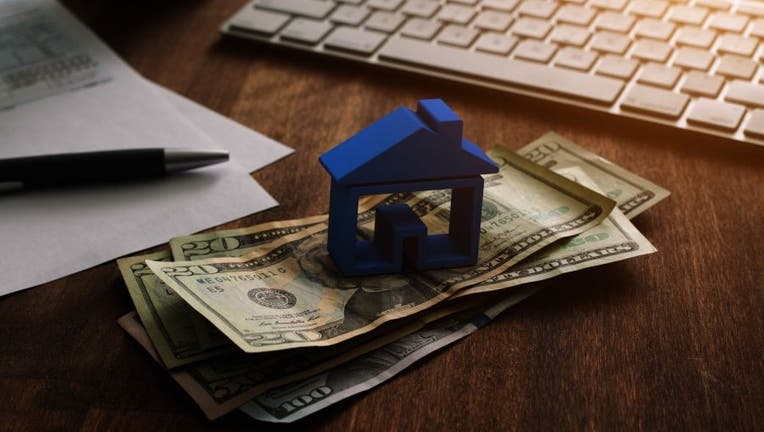The secret benefit of paying your mortgage biweekly

You can shave interest with just one additional monthly payment.
The current low-interest-rate environment has given everyone something to talk about besides COVID-19. Specifically, do I want to stick with my current mortgage or refinance? Is now the right time to buy a home? How much can I save by taking advantage of the record low-interest rates right now?
Whether you seek to refinance your current loan or are currently shopping for a new home, the best place to start when making mortgage decisions is to compare rates and lenders via an online tool like Credible.
REFINANCE YOUR MORTGAGE BEFORE RECORD LOW RATES DISAPPEAR
Another important decision for potential homeowners (or those who want to change their bill pay structure) is to consider whether to pay the mortgage monthly (in 12 full payments a year) or bi-weekly (26 half-payments a year.)
Paying bi-weekly may feel too aggressive for your current budget, but the math behind this small “trick” makes it easier to pay down your mortgage faster, with minimal impact on your monthly budget and current lifestyle.
The secret bonus of making bi-weekly mortgage payments
Since there are 52 weeks in a year, 26 bi-weekly payments mean homeowners who pay this way are making 13 monthly payments each year, instead of the standard 12. This equates to just one additional mortgage payment a year, but this one extra payment substantially shortens the lifespan of the loan.
A homeowner with a $300,000 loan at a 4 percent interest rate makes one additional monthly payment each year. This shortens payoff on a standard 30-year mortgage by five years and saves over $35,000 in interest over the life of the loan.
SHOULD YOU REFINANCE INTO A 30-YEAR OR 15-YEAR MORTGAGE DURING CORONAVIRUS?
Even if you don’t plan on staying in the home for 30 years, paying bi-weekly builds more equity in the home since you’re paying down more of the principal each time. More equity in the home means a homeowner can take advantage of a home equity loan for large purchases or leverage the equity to get into a larger home down the road.
If the interest rate on your current mortgage loan is higher than these averages, it may make sense to consider a mortgage refinance loan. You can visit Credible to compare rates and lenders in your area.
More benefits to paying bi-weekly
Shortens the term of the loan: Paying bi-weekly means you’ll get the lower payments of a 30-year term, without the aggressive (and more expensive) monthly payment tied to a 15-year mortgage.
Saves money: The money saved paying bi-weekly may not feel like a lot in the months the third payment hits, but over time the savings in interest could fund a large purchase such as a kitchen renovation, a college tuition payment, or a contribution toward retirement.
The extra payments go toward the principal: Any extra mortgage payments reduce the principal of the loan, which means each time you make an extra payment you pay less in interest and “own” a little bit more of your home.
For new homeowners who pay bi-weekly from the start of the loan, they won’t even “feel” the extra payment leaving their bank account each month. For current homeowners, it’s easy to set-up a bi-weekly payment option even if your lender doesn’t offer one.
Simply take your monthly mortgage payment ($1,432 in the $300,000 example we used in this article) and divide by 12. Using our example, this comes out to $119.33.
HOW TO GET THE BEST MORTGAGE REFINANCE RATES
Each month, make an additional principal-only payment of $119.33, or automatically transfer this amount to a savings account and pay a full monthly payment at the end of the year. Be sure to mark any additional payments as principal only. This ensures the money goes toward your loan amount and not the interest for the next month, which won’t end up saving you anything over the life of the loan. Your lender should have the option to earmark any extra payments as principal only online.
One final tip: Paying bi-weekly can have a big impact on how much you pay for your mortgage overall. It’s worth it to investigate mortgage options via Credible. Before increasing your payments, ensure your lender doesn’t charge any pre-payment penalties or hidden processing fees for the extra payment each month.

